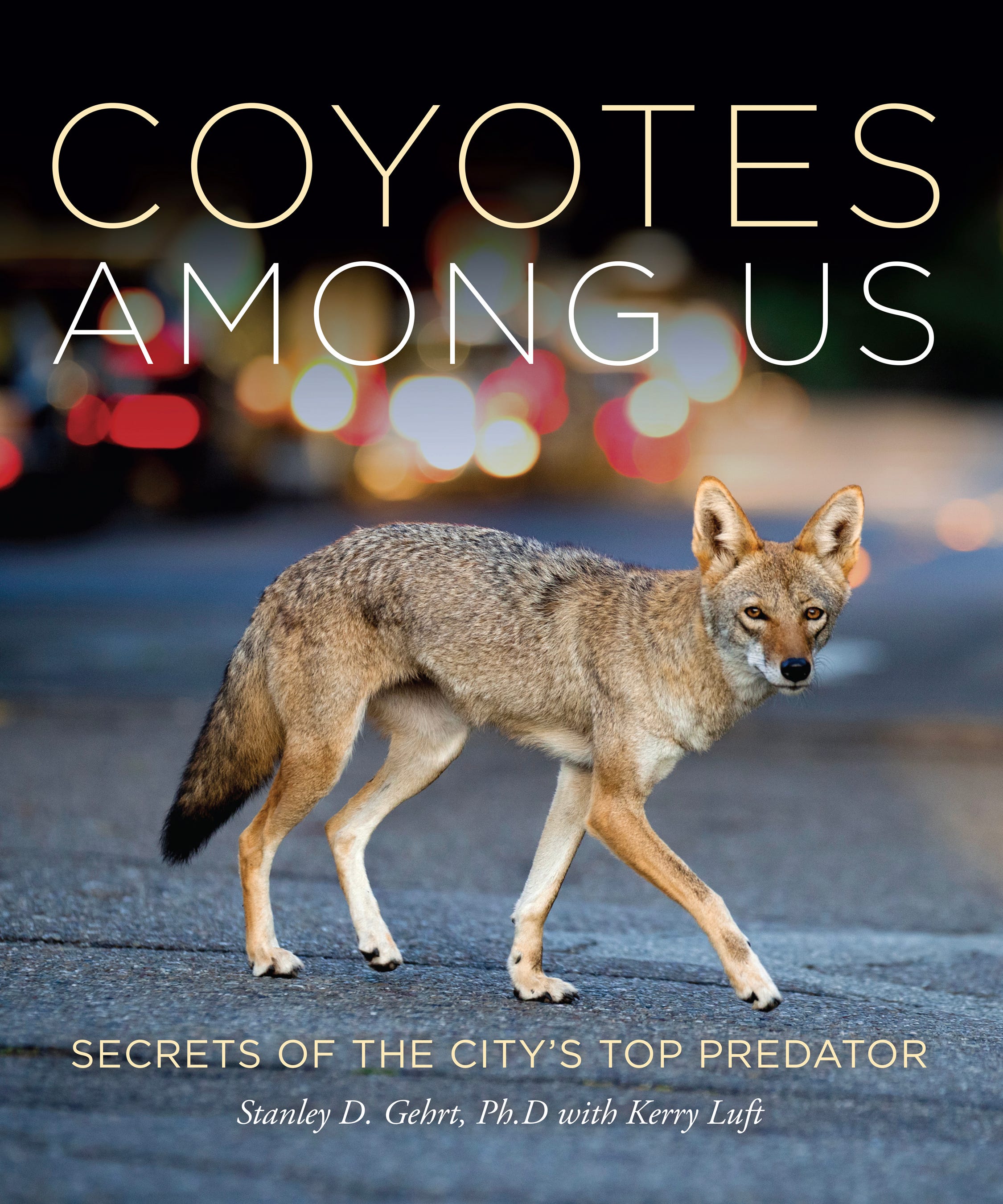New Book by Ohio State University Professor Stanley Gehrt Explores Urban Coyote Secrets
The director of the Urban Coyote Research Project has studied the animals using radio collars to learn their habits.

For over 20 years, Ohio State University wildlife ecology professor Stanley Gehrt has studied coyotes living in the Chicago area. As director of the Urban Coyote Research Project, Gehrt and his team have tagged more than 1,400 coyotes and outfitted hundreds with radio collars. In new book “Coyotes Among Us: Secrets of the City’s Top Predator,” out Feb. 13, Gehrt and co-author Kerry Luft present their fascinating research. Some of the findings may surprise you.
Coyotes used to live mostly in the western U.S. But in the last 30 years, they expanded their range and are now found in cities all over the country and much of Canada. By 2013, coyotes had crossed the Panama Canal.
Coyotes have adapted well to urban life. City-dwelling coyotes tend to weigh more than prairie coyotes and give birth to larger litters. And they’re not feasting primarily on our leftovers. The urban coyote’s diet is dominated by small prey: voles, mice, rabbits.
“If you live or work within a metropolitan area, at some point you have passed within a few yards of a coyote,” Gehrt writes. They avoid humans while hiding in plain sight. One coyote liked to spend the day under a bush a couple of yards away from a post office.
Attacks on people and dogs are rare. Urban coyotes are rarely aggressive. Of the coyotes Gehrt marked, only a handful have attacked pets, and none have attacked people.
This story is from the February 2024 issue of Columbus Monthly.